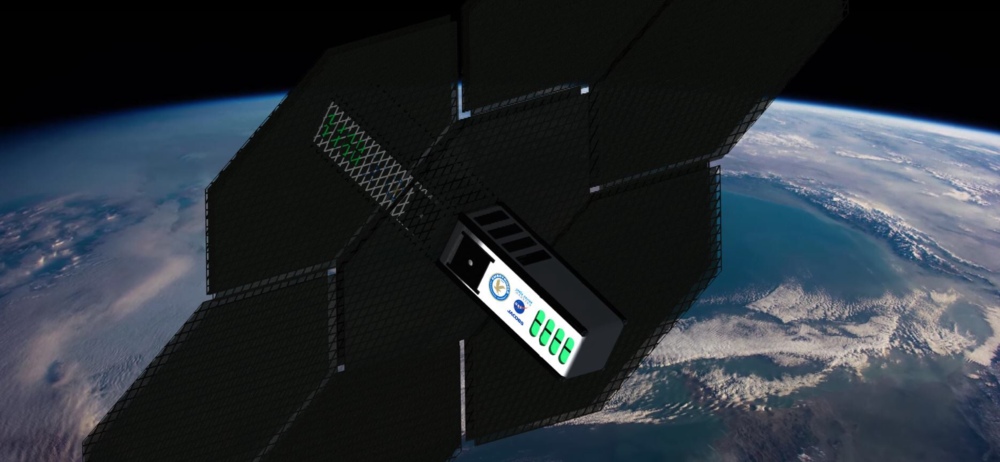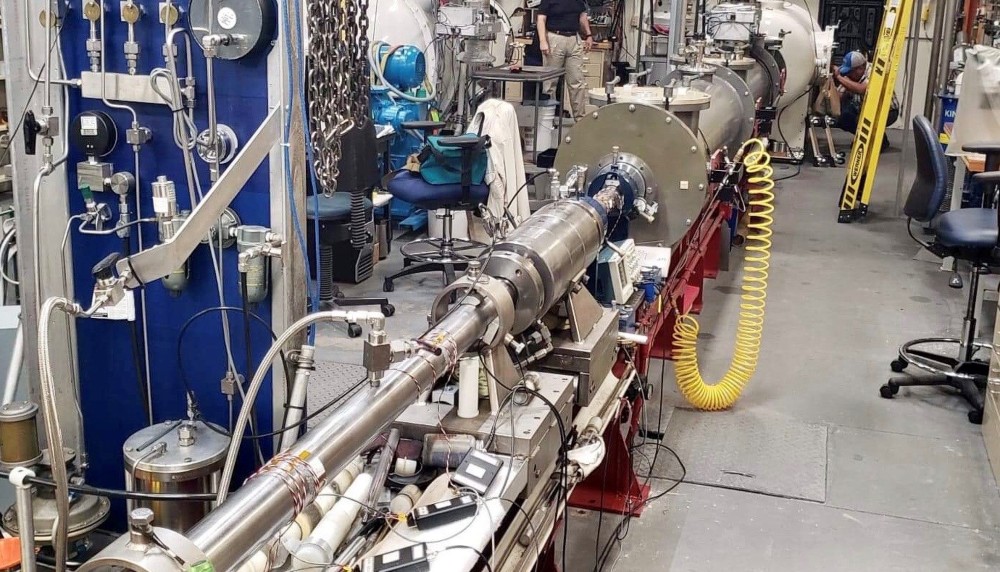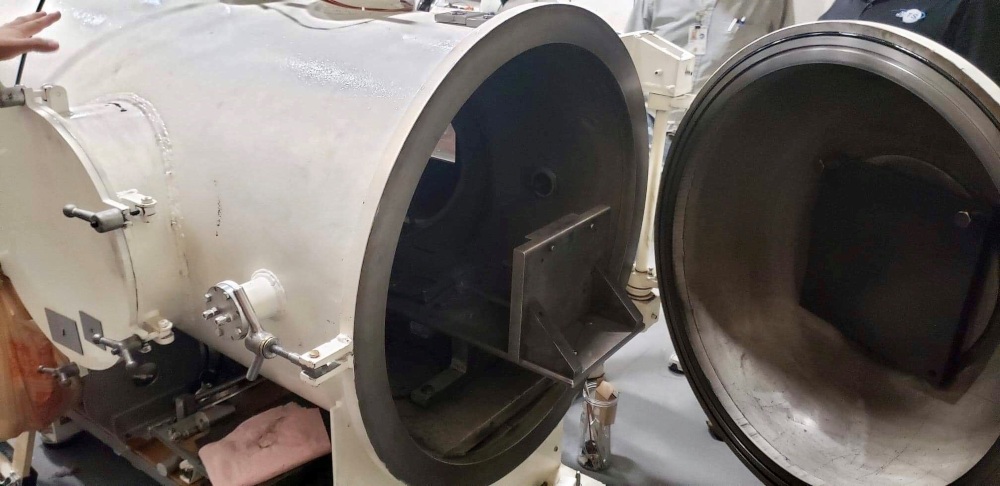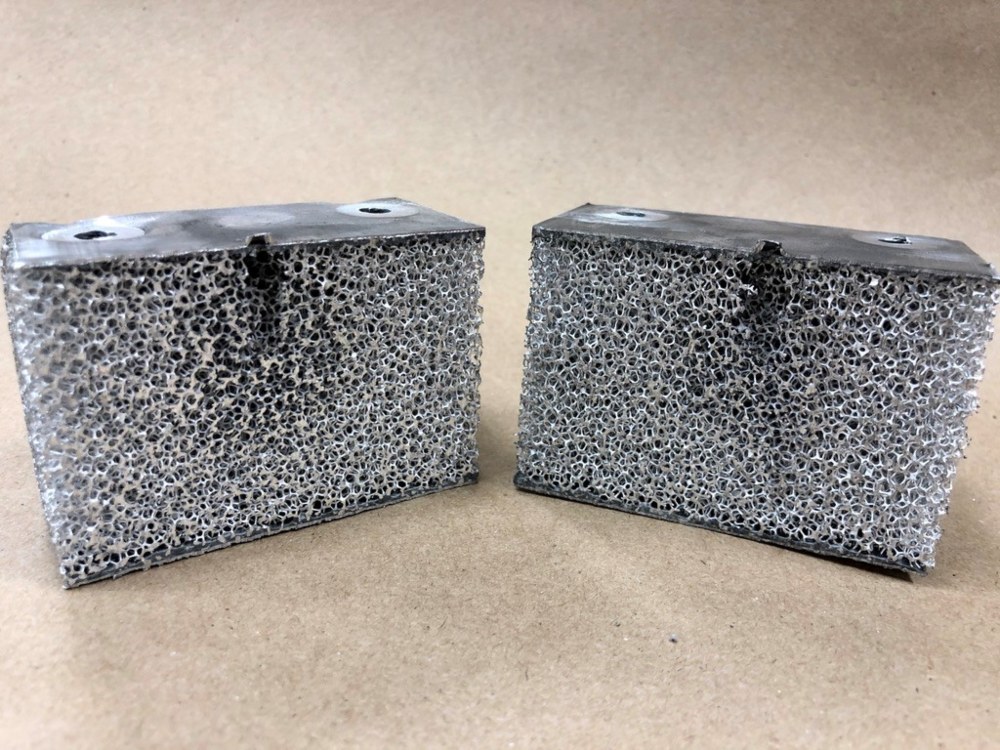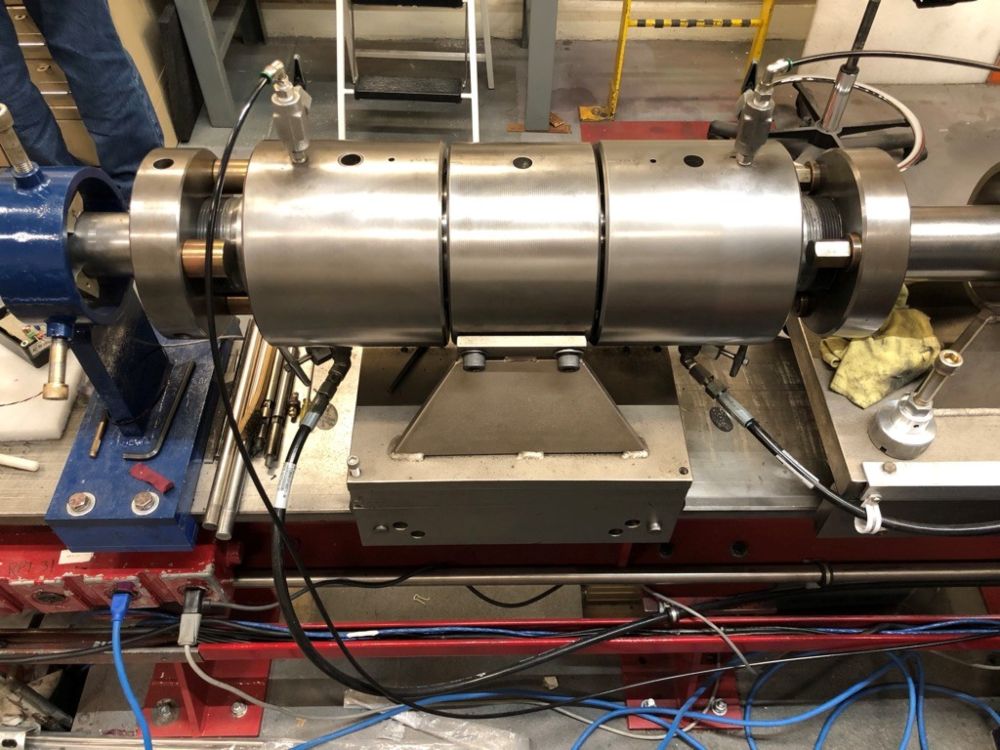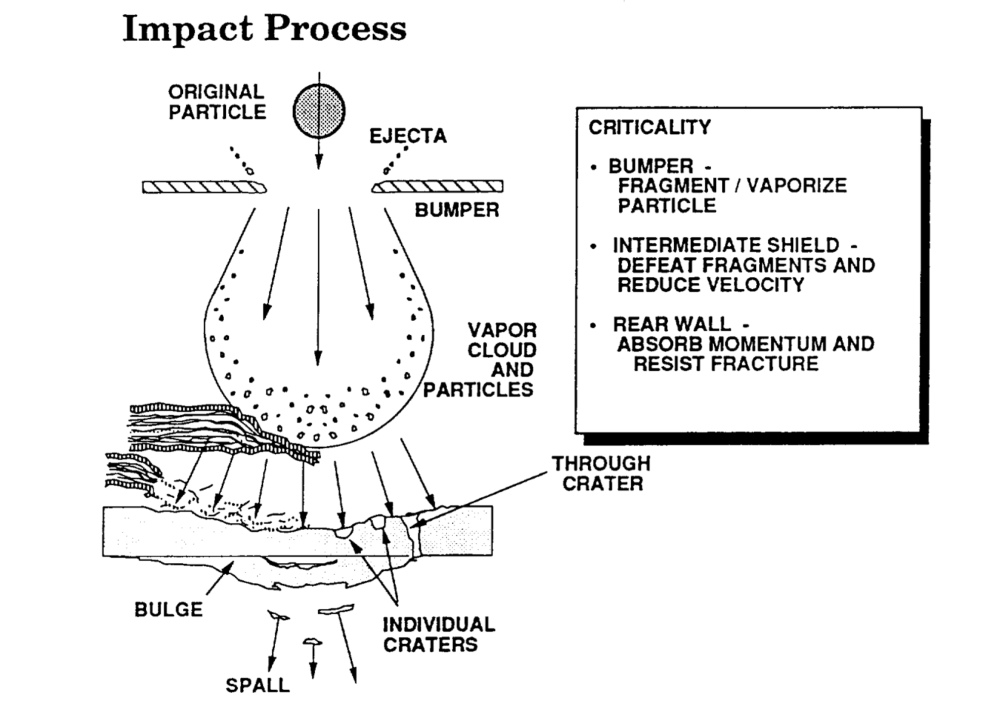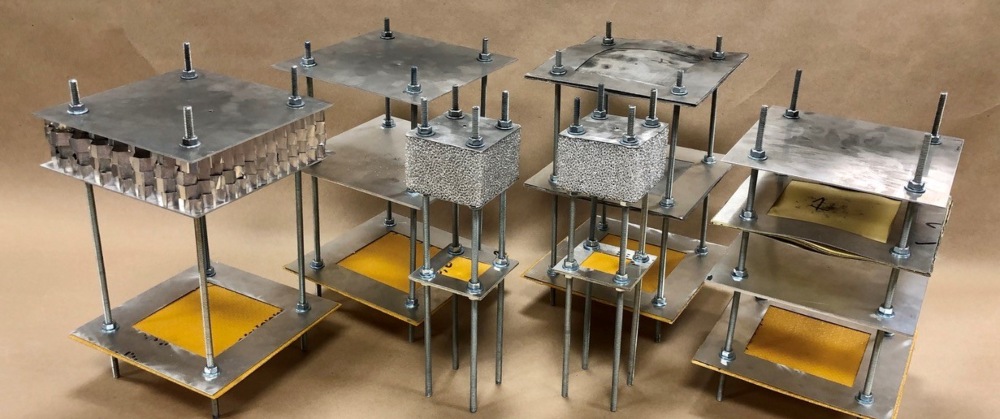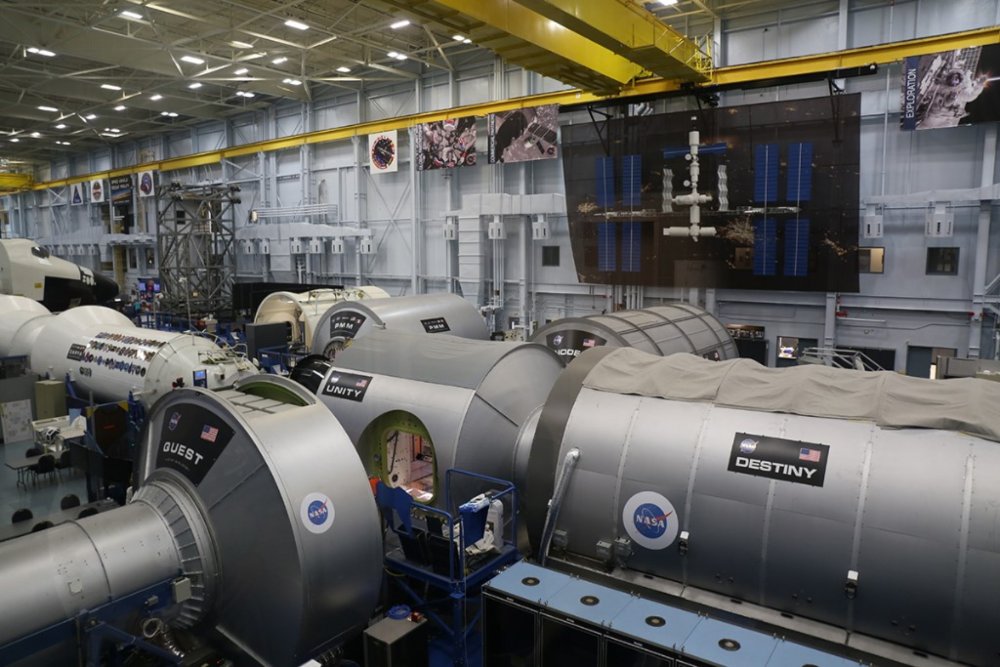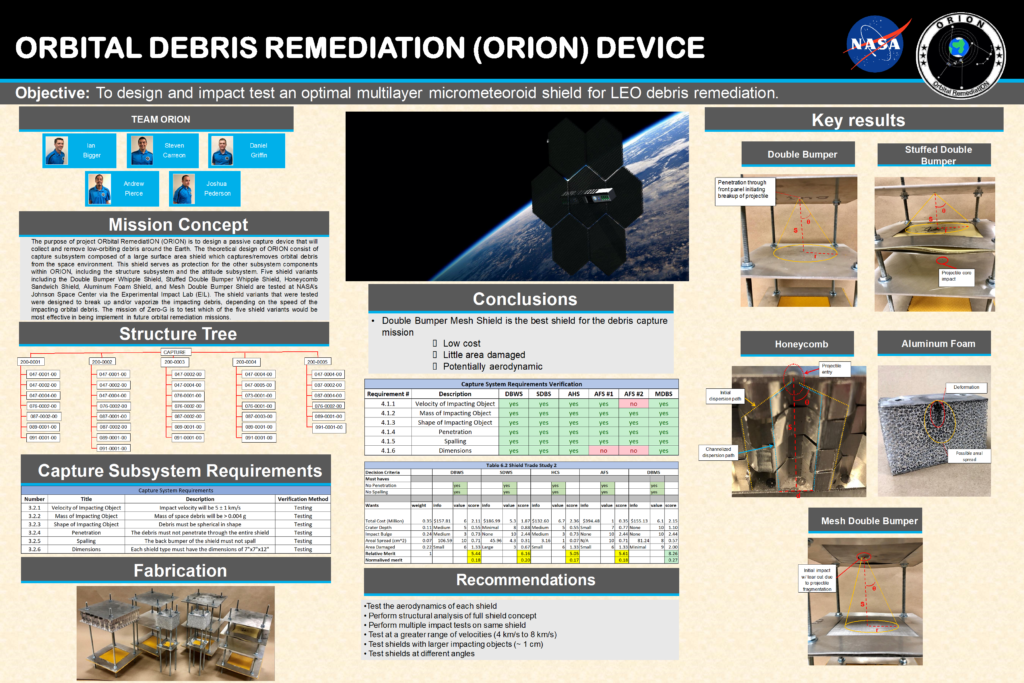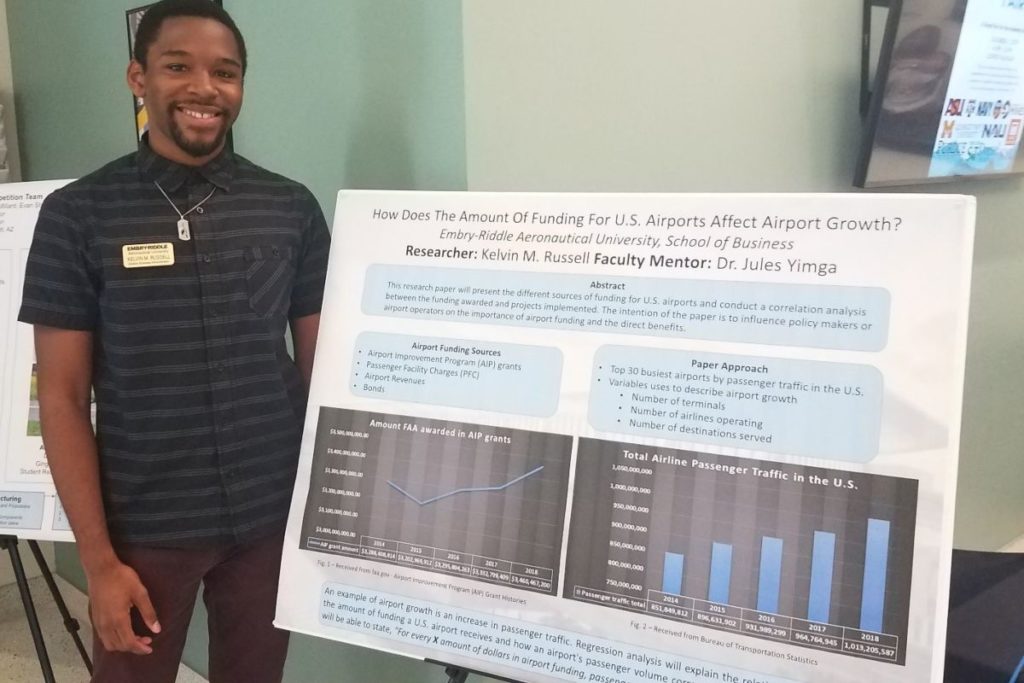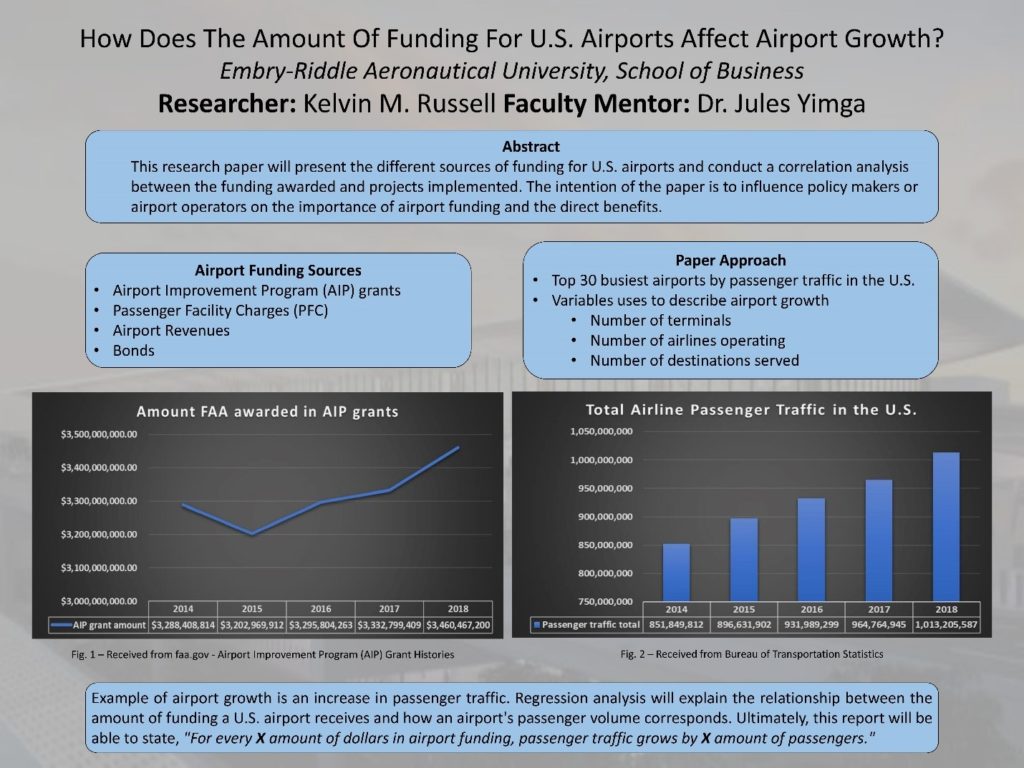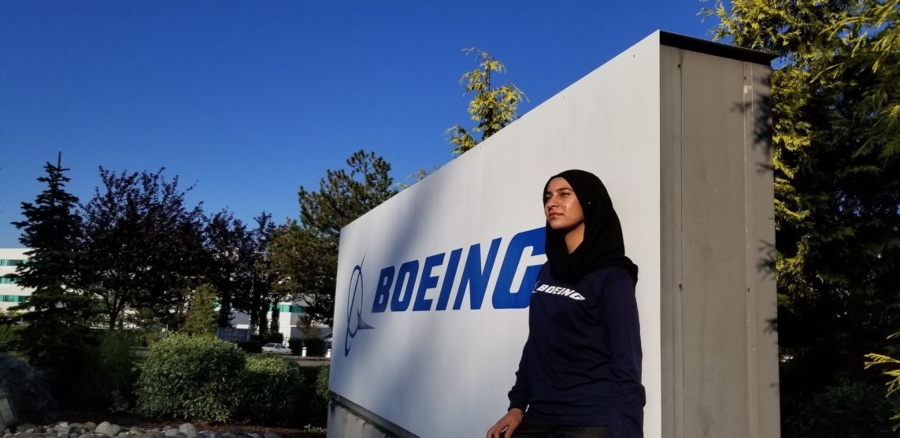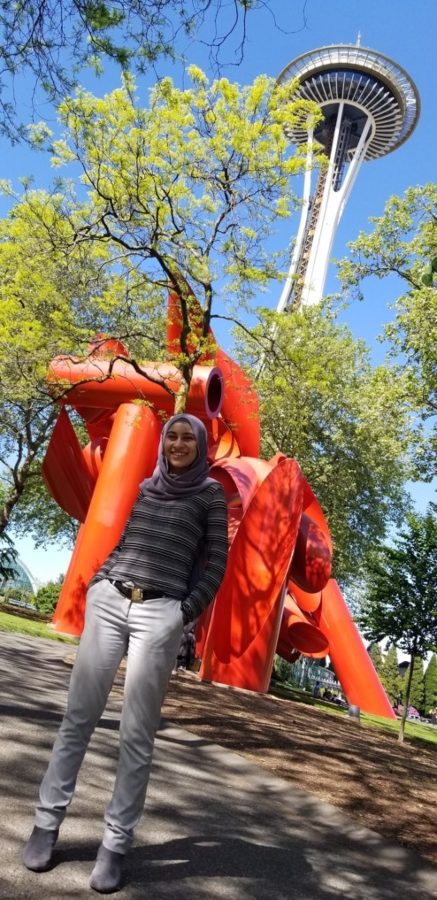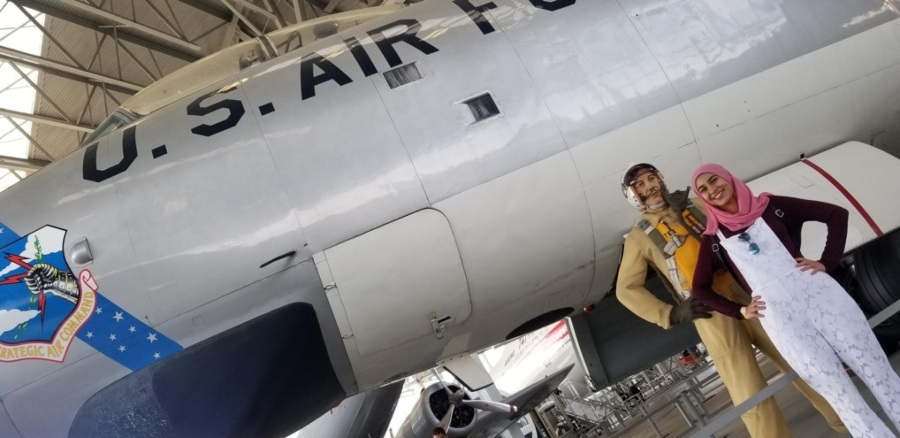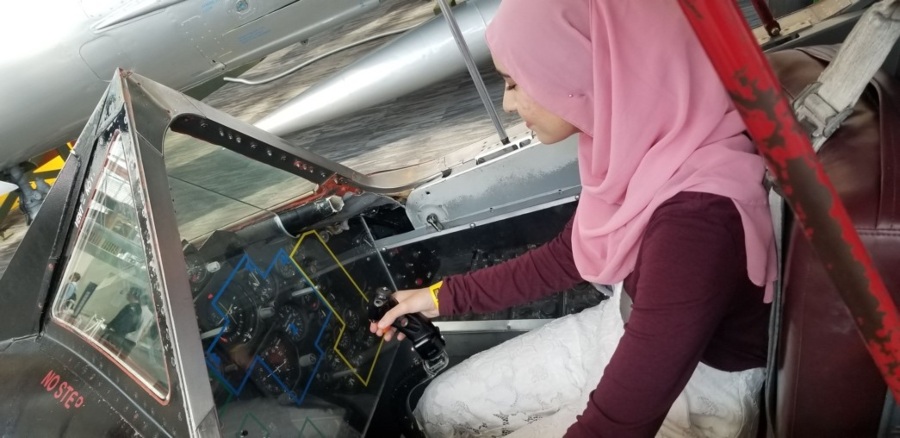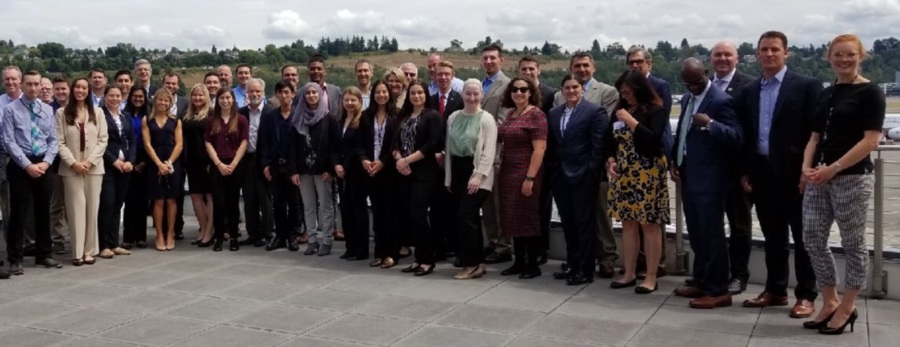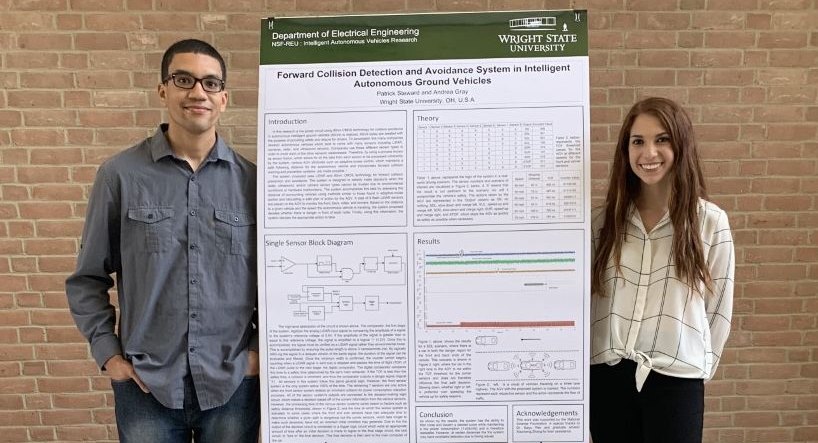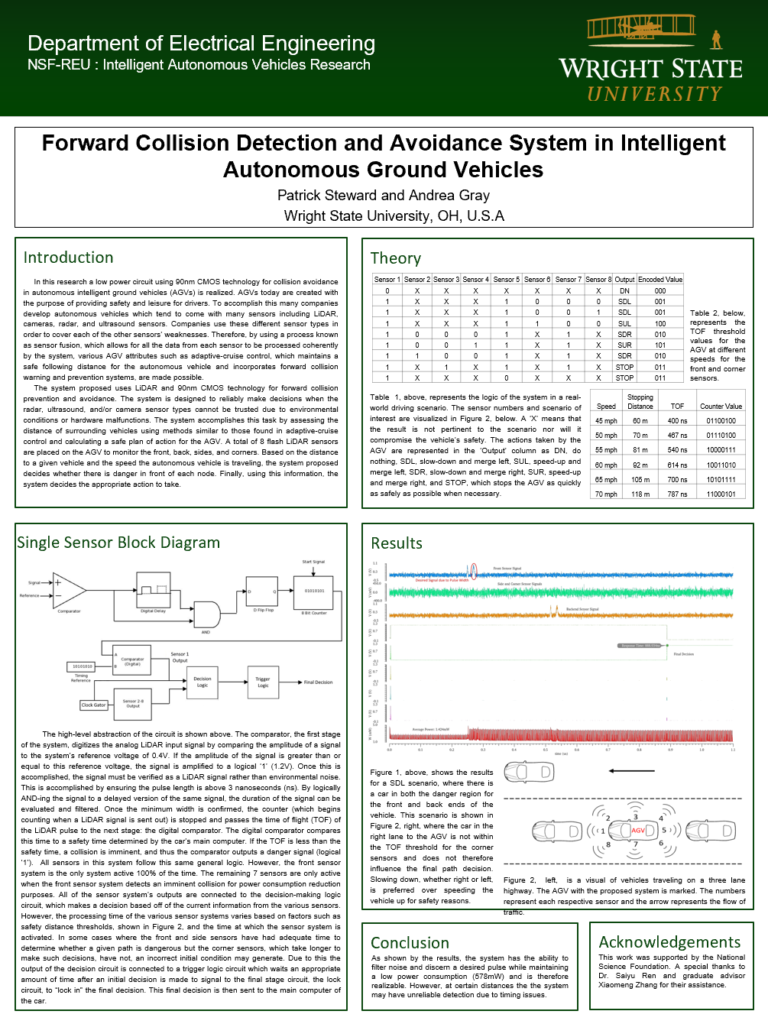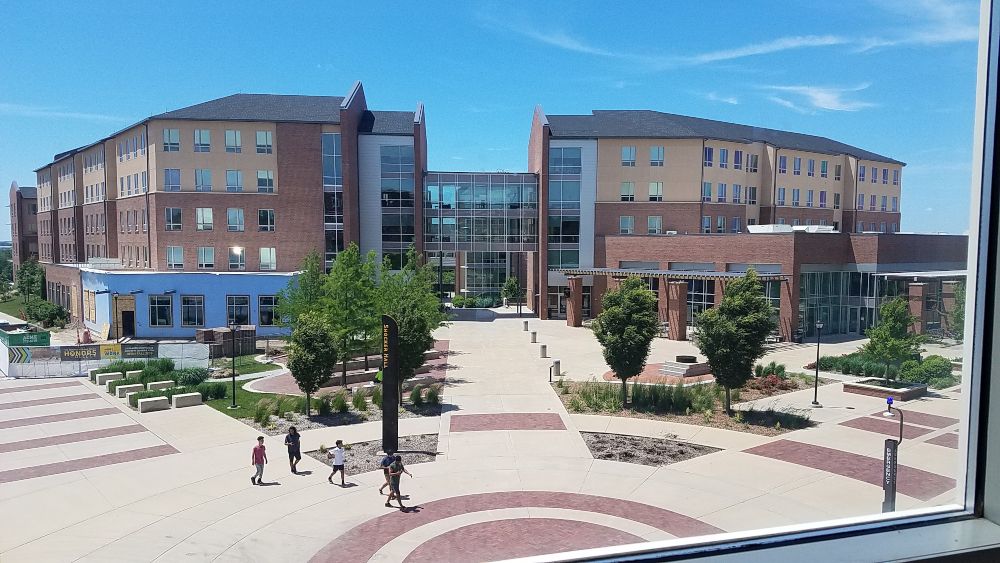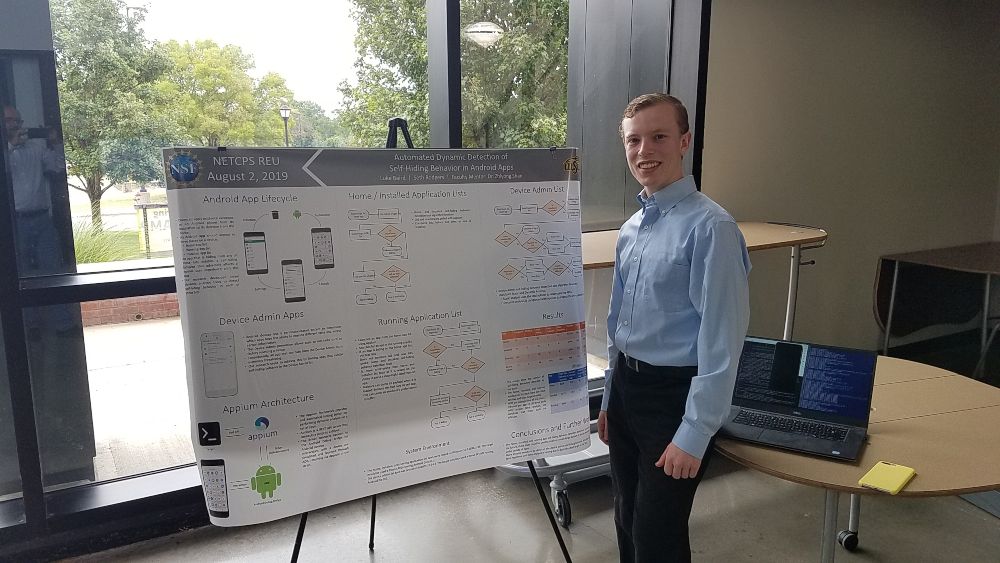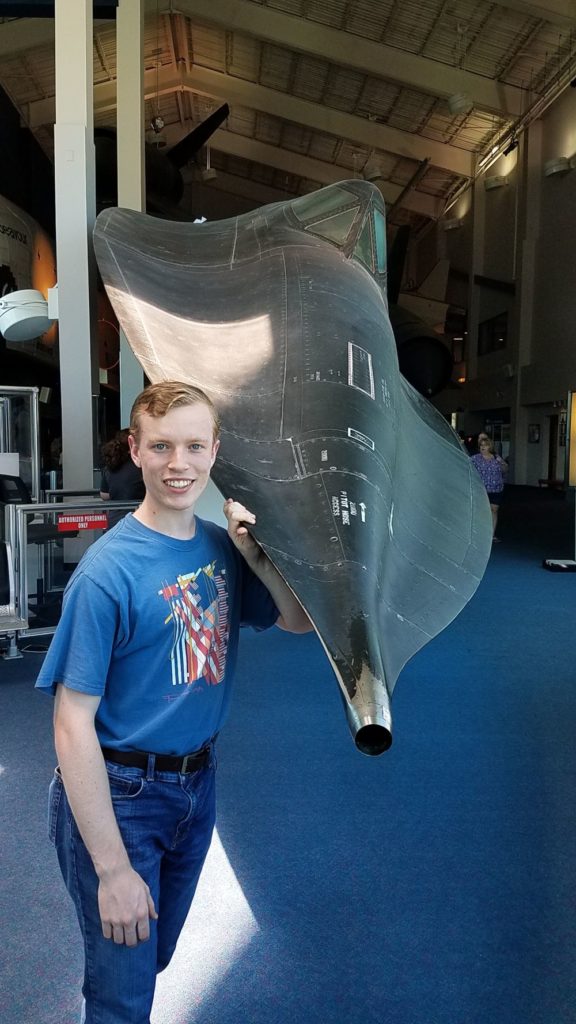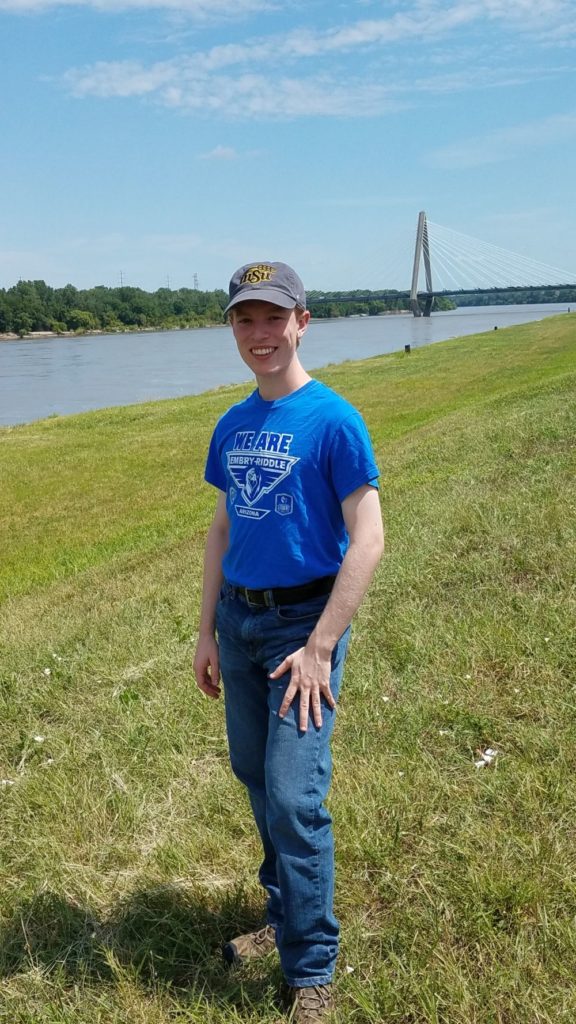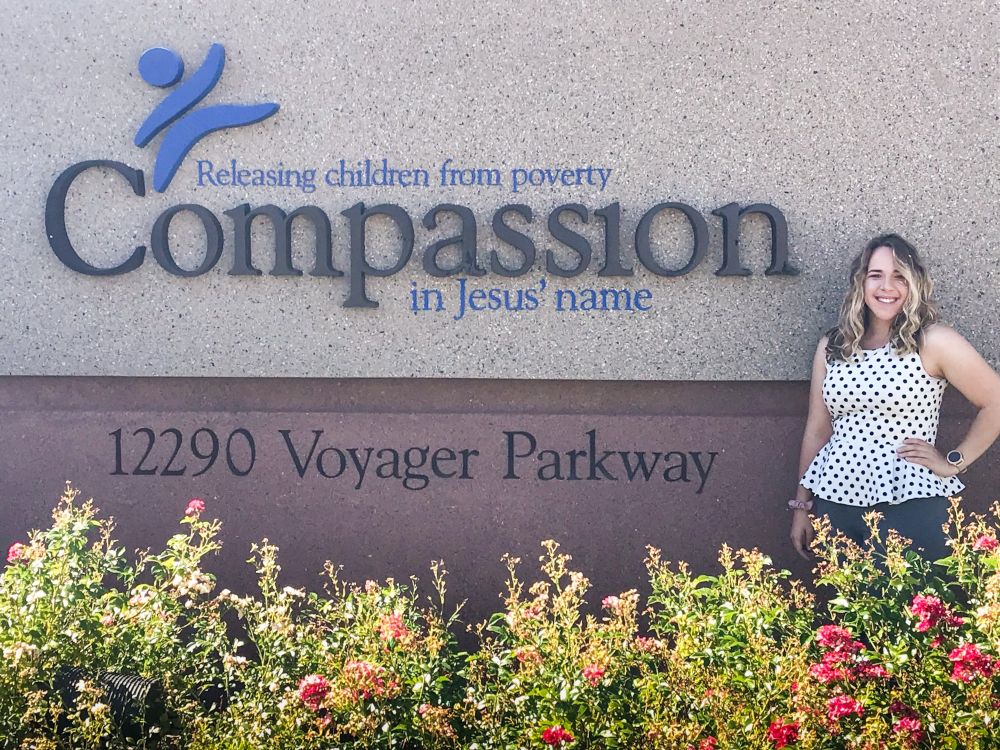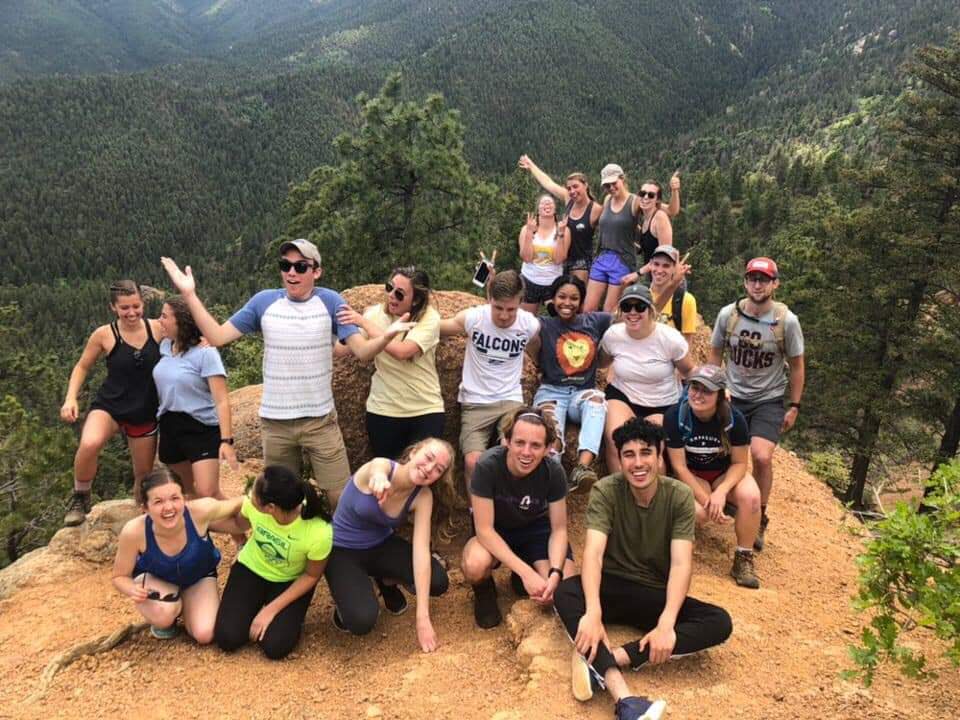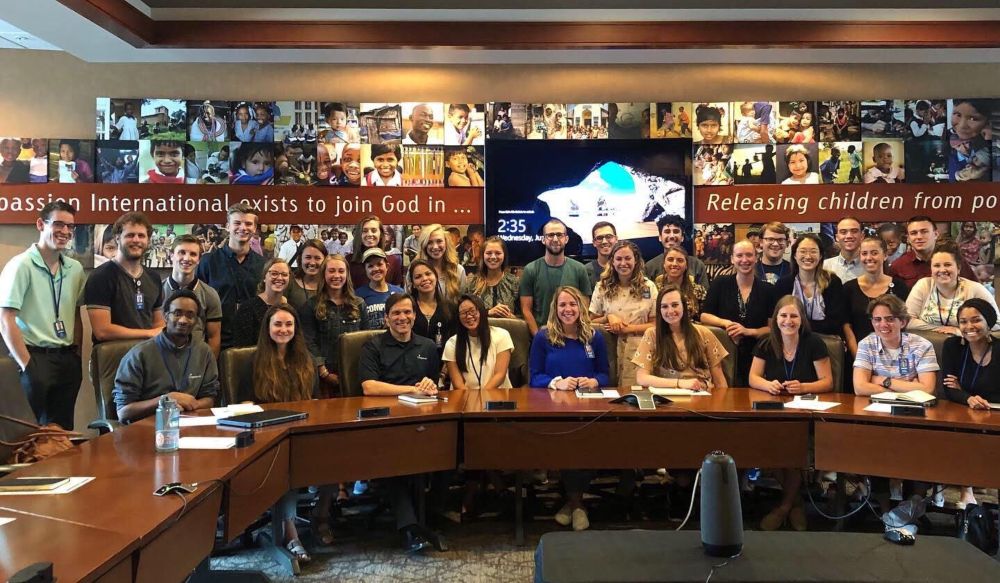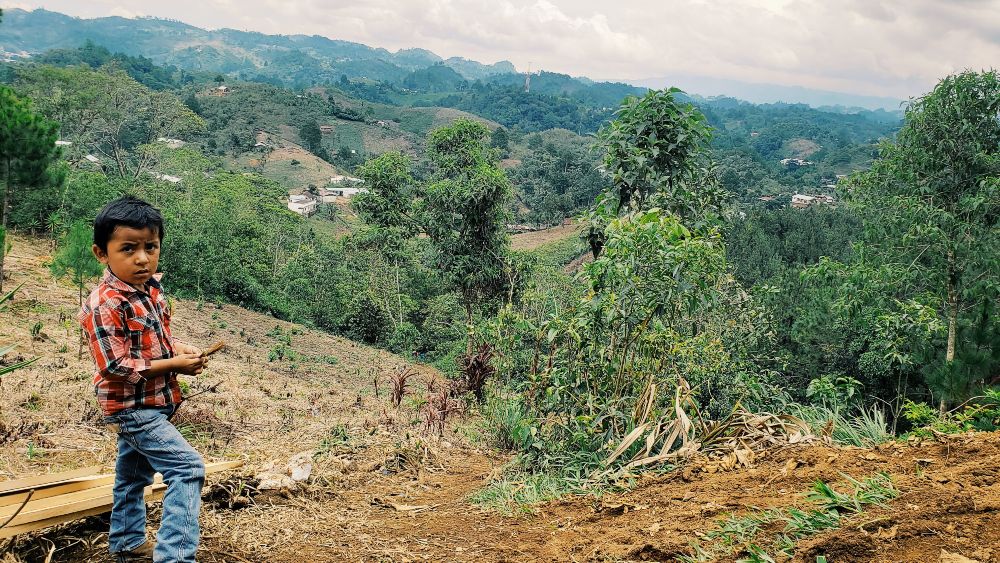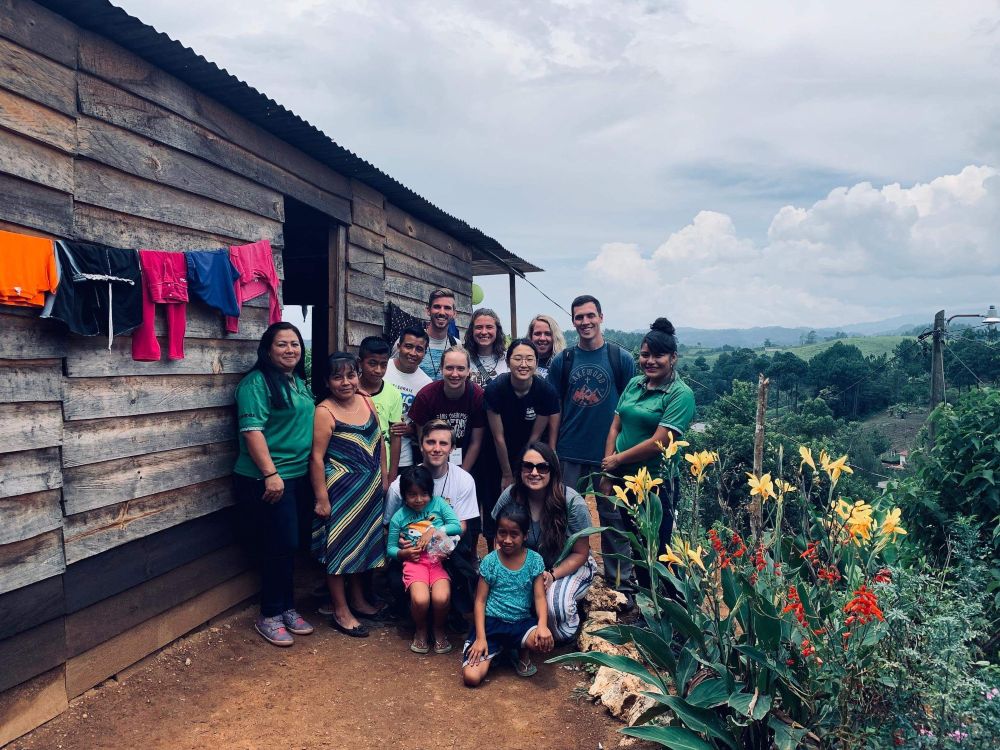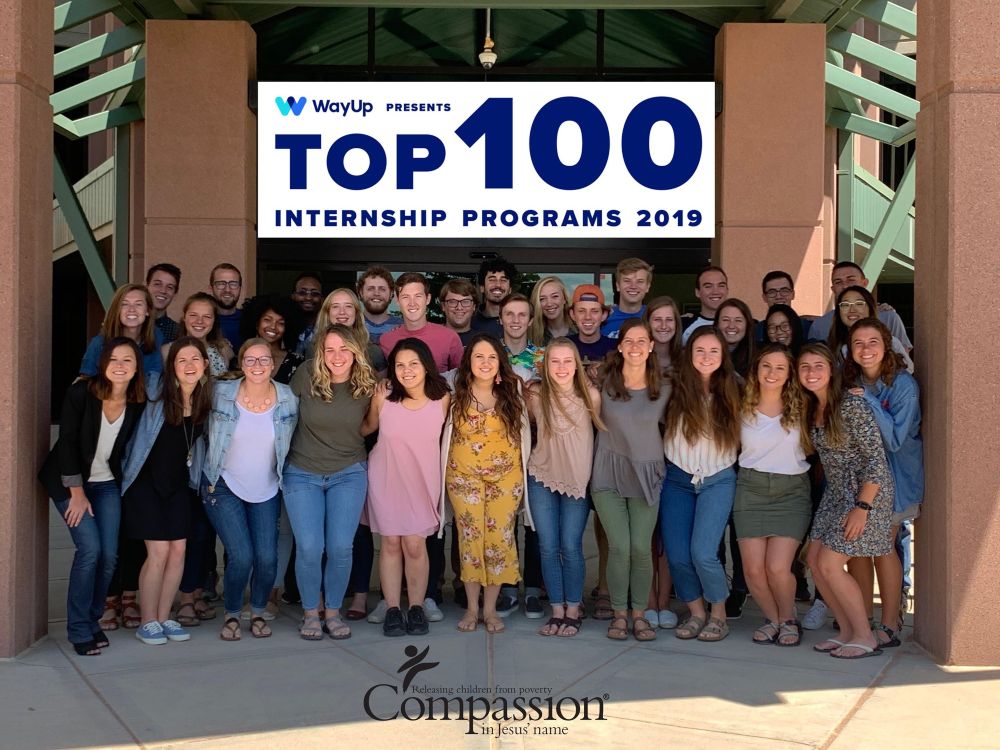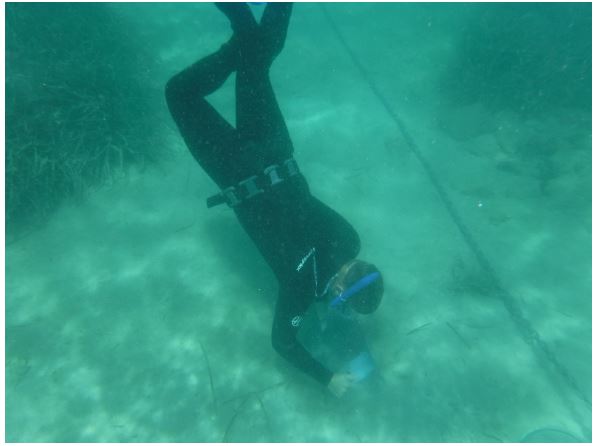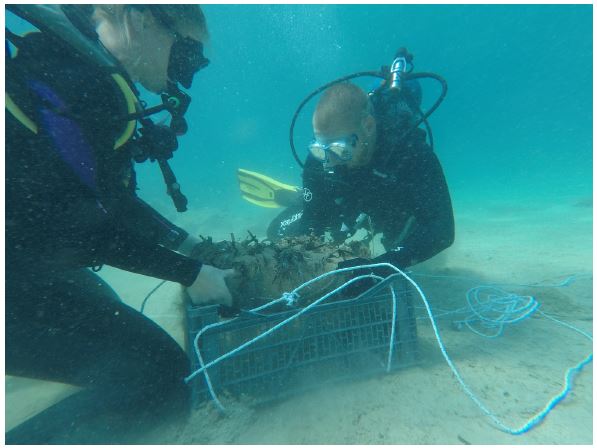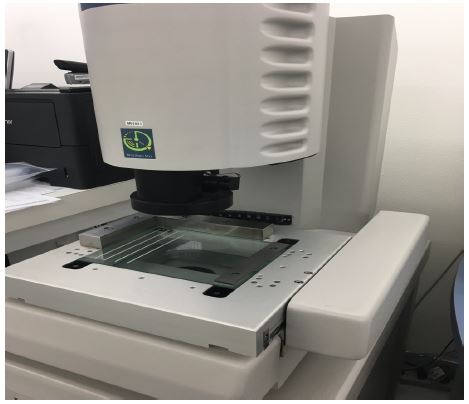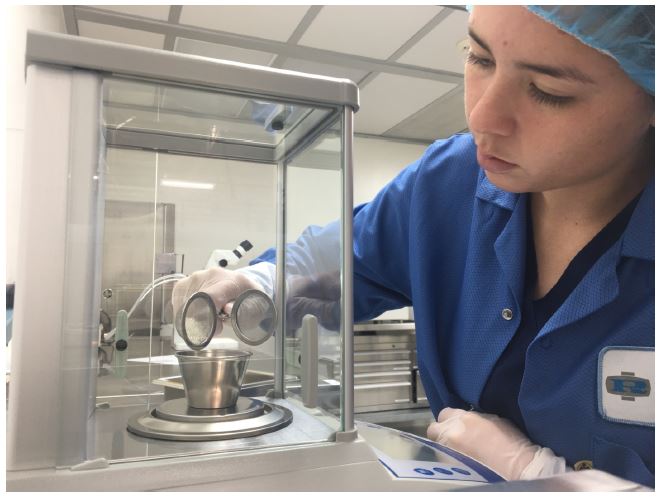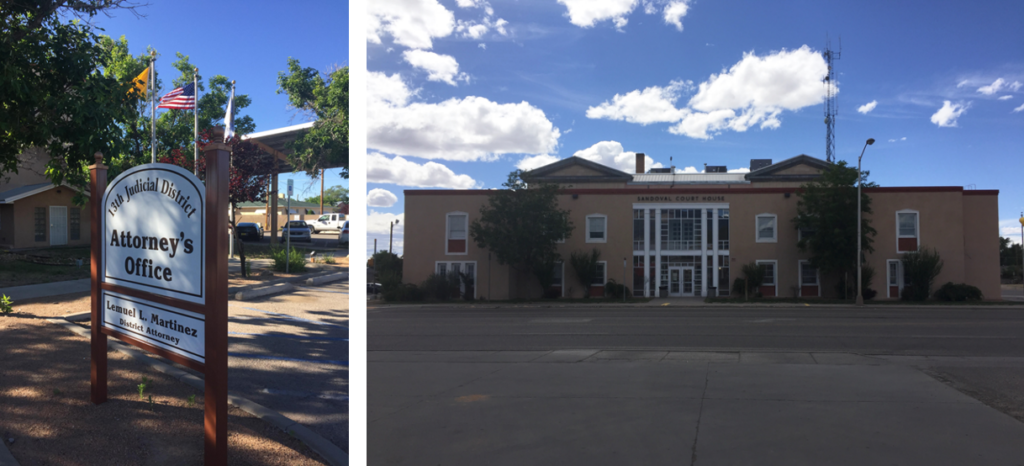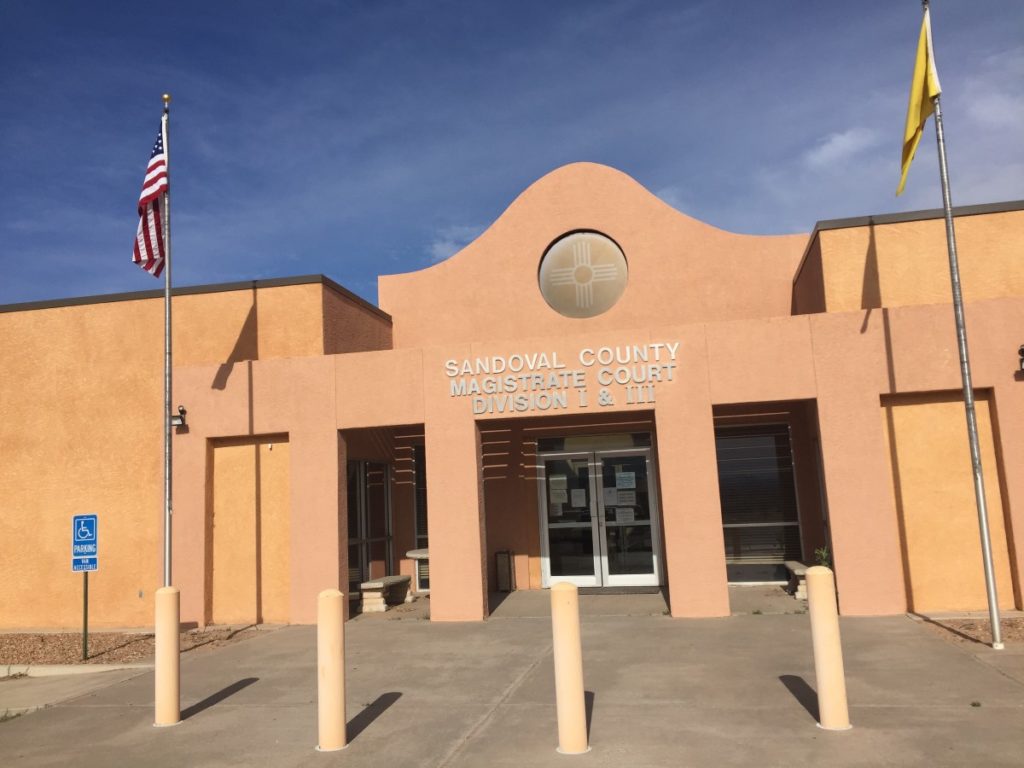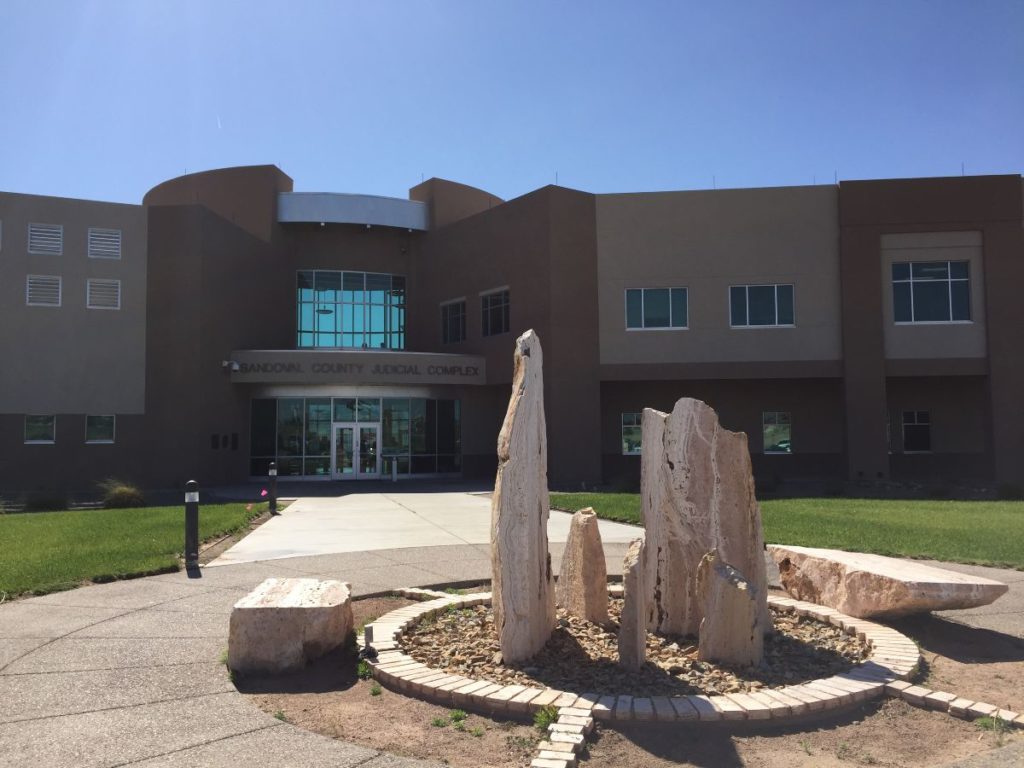by Kevin Hood
My name is Kevin Hood and I am a Sophomore studying Cyber Intelligence and Security. During my time at Embry-Riddle, I have been managing the Cyber Lab, leading Cyber Defense Club, and working with the college to grow the degree program. Recently, Mohammed Dalloul and I organized a trip to bring a group of students to San Francisco. During the last week of February, the Women in Cybersecurity Club and the Cyber Defense Club visited San Francisco to tour Silicon Valley companies and attend the RSA Conference. The goal for the trip was to help the students practice networking, expose them to opportunities, and make Embry-Riddle well-known in the cybersecurity industry.
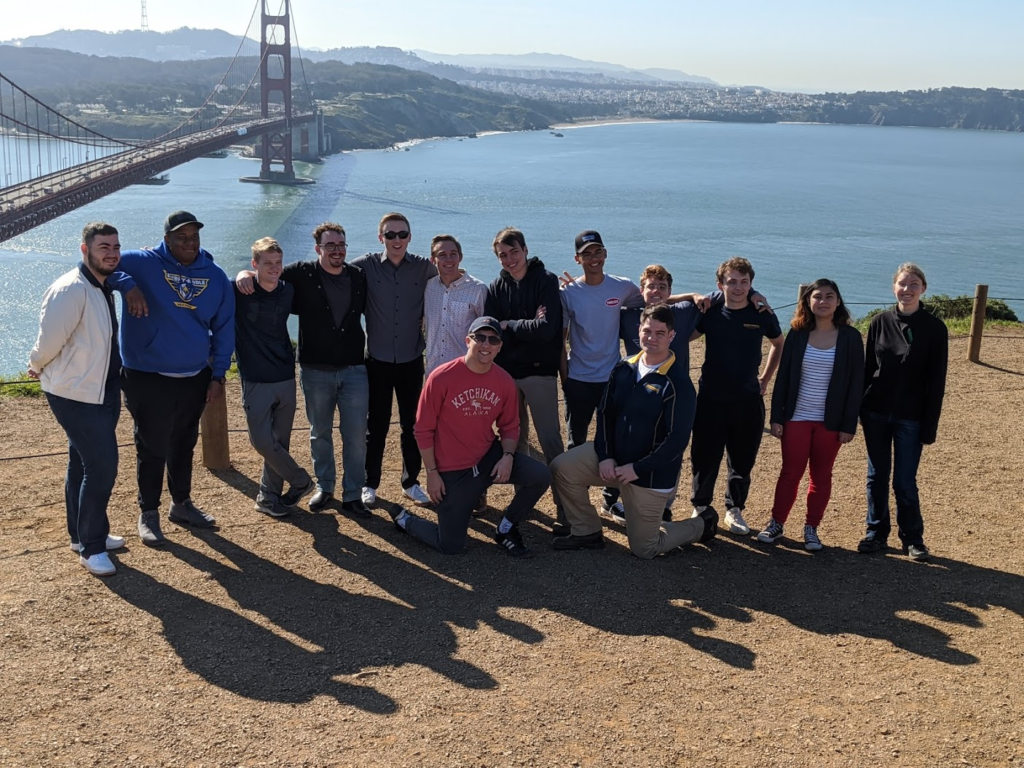
This year, club members attended and toured Google’s Headquarters, The Intel Museum, and the Plug and Play Tech Center. This allowed students to experience the Bay Area commodities and cybersecurity companies that exist. Google offers a unique work environment that ensures their employees live in a healthy work-life balance. Our students were surprised how Google provides free gourmet meals, freedom to pursue creative ideas, and collaborate with the best minds in the industry. The GooglePlex has 3D printing labs, employee gardens, and gyms available for employees to use during the workday. Google offers student internships in cybersecurity, and we talked to them about participating in our career fair that we offer for students in both the Fall and Spring semesters.
The second place we visited was the Intel campus in Silicon Valley. Kevin Dorland, a senior in the Cyber Intelligence and Security program, gave other students a tour of the Intel Museum. Kevin’s expertise and previous knowledge on Intel’s products was an inspiration for our students and taught them about the history of computers, old storage devices, Intel StrataFlash memory, microcontrollers, and the manufacturing behind Intel chipsets.
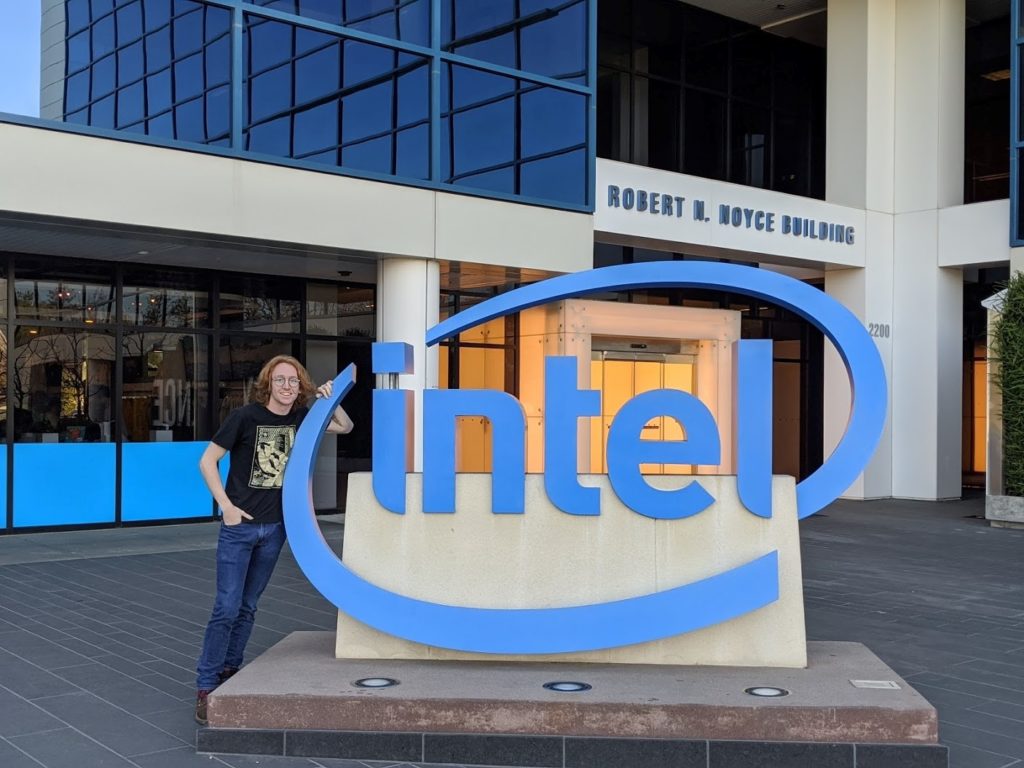
Silicon Valley is best known for the technology startups in the industry, and the College of Security and Intelligence Dean, Dr. Jon Haass, got us connected with the Plug and Play Tech Center. Plug and Play is an innovation platform that helps startup companies connect with the world’s largest tech giants. These connections help the startups gain support and investments to grow their products. Plug and Play partners with universities across the United States to support student startup ideas for startups when they graduate college.
During our tour of the facility, we learned about the process for how collaboration between the fortune 500 companies and startups can lead to the best innovation. Startups can present their ideas to company representatives and gain feedback on their ideas, which can lead to investments and company partnerships.

The next two days of the trip were spent attending the RSA Conference. The RSA Conference is the largest cybersecurity conference in the world, where students attend keynotes, networked with over 500 companies, and attend the RSAC College Day Sponsor Panel. During this event, we networked with the cybersecurity leaders from NBCUniversal, Walmart, Lockheed Martin, RSA, Intuit, Dell Technologies, and Microsoft about cybersecurity initiatives and ideas from students.
On Thursday afternoon, we met with Mike Gordon, Vice President & Chief Information Security Officer for Lockheed Martin to discuss how we could collaborate for more student projects and opportunities. Mike is an Embry-Riddle Alumni who provided support for ERAU’s 2019 CyberAero Competition. Lockheed Martin has set up special programs for our students including the Lockheed Martin Cybersecurity White Paper Competition where students wrote papers addressing multiple topics in cybersecurity to win prizes. Additionally, we met one of our recent Embry-Riddle graduates, Andrew Recker, who is working as a Cybersecurity Engineer at Lockheed Martin and was one of the founders of the Cyber Defense Club. Our goal is to continue to strengthen the relations with Lockheed Martin Cybersecurity organization for future opportunities, specialized internship programs, and project support.

Embry-Riddle’s Women in Cybersecurity Club (WiCys) attended the conference to gain connections and industry support across Cybersecurity domains. Currently, the ERAU WiCyS Club is the only WiCyS Club in Arizona, and they want to help other Universities start their own chapters. The club members networked with NBCUniversal to discuss how they can gain more support for projects and student opportunities. Additionally, they spoke with John Scimone, Senior Vice President & Chief Security Officer at Dell Security & Resiliency, regarding this topic because he is an Ambassador for the Executive Women’s Forum on Information Security, Risk Management & Privacy.
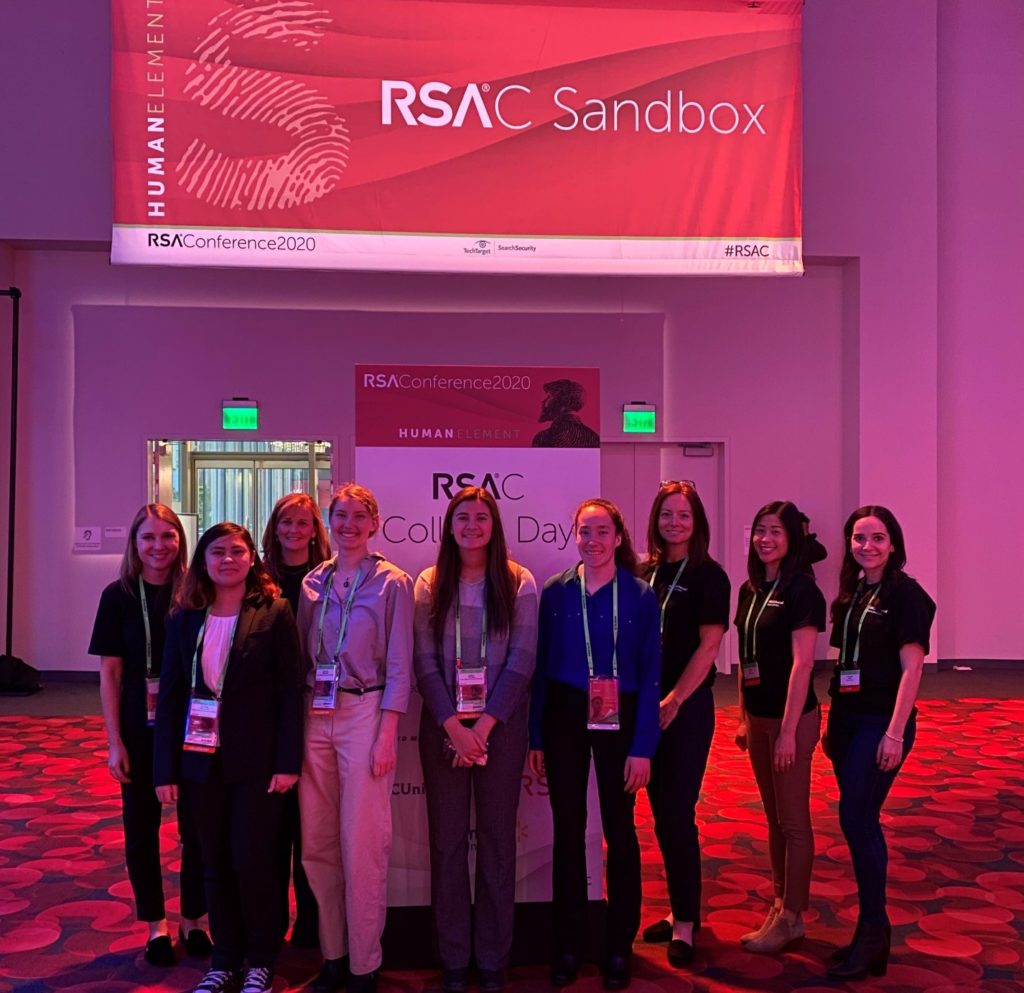
Students from both the WiCyS club and Cyber Defense Club attended the expo floor and industry talks on quantum cryptography, machine learning, anti-fraud, product security, and advanced threats facing the industry. The exposure for these students inspires them, as they can see first-hand the innovation and product ideas that these companies provide to the cybersecurity industry. These students discussed initiating startups, capstone ideas with representatives at the car hacking sandbox, and research projects that they could present in partnership with the sandbox partners at the following year at the conference.
The opportunity to tour Silicon Valley and attend the RSA Conference was invaluable to us. During the conference, Mohammed and I spent most of our time collaborating with the members of the Chief Information Security Officer Panel and companies on the expo floor. Gaining insight into the industry and learning how academia can collaborate with the companies was very inspiring. Also, Mohammed and I are very proud of the students for leaving a lasting impression of the university at the expo floor, getting recruited for international job opportunities, and learning how to solve the cybersecurity threats facing the world. Overall, the trip was life changing for all of us and a huge thank you to the College of Security and Intelligence, Student Government Association, Undergraduate Research Institute, Campus Facilities, Women in Cybersecurity, Dean Rhondie, and Leah Richwine for making the trip possible.



